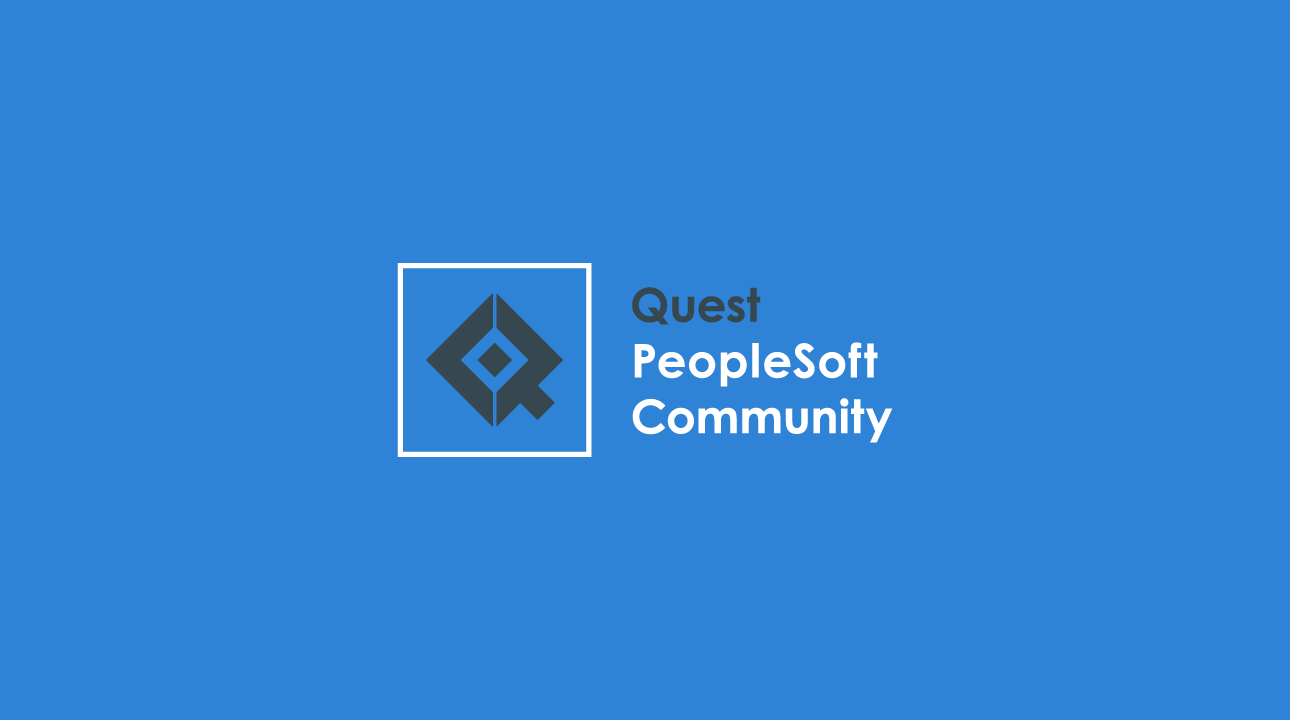Utilizing General Ledger Reconciliation for a More Efficient Close Process
-
Posted by Harry E Fowler
- Last updated 9/30/19
- Share

Susan G. Komen is a non-profit organization dedicated to raising awareness and funds to aid the fight against breast cancer. Eli Fernandez, the IT PeopleSoft Advisor at Susan G. Komen, gave a presentation about the organization’s experience with PeopleSoft and the process of working through General Ledger reconciliation.
Susan G. Komen got started with PeopleSoft in 2008 when they moved from Solomon and 123 QuickBooks to PeopleSoft 9.0 and Tools 8.49. In 2014, they upgraded to PeopleSoft 9.2 with PeopleTools 8.54.13. They went through another upgrade in 2017 when they implemented PeopleTools 8.55.11 and the Fluid platform. They rolled out their Fluid implementation in three phases.
Why Use GLR?
The organization operates under a federated business model in which the parent organization (HQ) and the subsidiaries (Affiliates) each operate as independent businesses with a distinct governing body, offices, personnel, suppliers, operating bank accounts, etc. However, for audit and tax reporting purposes, Headquarters and Affiliates must consolidate financials and file a group return. This brings on a need for a General Ledger reconciliation tool to manage the reconciliation process, ensure supporting documentation is available and errors get addressed in a timely manner in preparation for audited financials.
This led to the decision to utilize General Ledger Reconciliation (GLR). GLR is a flexible tool that Susan G. Komen used to configure and manage the account reconciliation process. They chose to use PeopleSoft GLR for several different reasons, including:
- Flexibility in the ChartField combinations used to group reconciliations
- The ability to streamline and accelerate the reconciliation of accounts in each accounting period
- Help with identifying and correcting errors in a timely manner in preparation of monthly financials
How It Works
The steps of the account reconciliation process are as follows:
- Configure the account reconciliation structure for attributes, reconciliation roles, assignment levels, statuses and reasons, and security.
- Define reconciliation rules to specify the ChartField value or values to reconcile, ledger options, and default assignments.
- Define reconciliation sets to associate reconciliation rules with an assignment level and create a reconciliation with calculated balances and default assignments of responsibility.
- Query and update assignments for one or more reconciliations.
- If there is no need to update balances, end by reviewing, maintaining, approving reconciliations, and adding instructions, attachments, and comments.
- If there is a need to update balances, end by updating/recalculating the ledger balances for the ChartField values designated in the reconciliation; recalculate, or delete and recreate reconciliation.
For more information about how Susan G. Komen utilized GLR to develop a more efficient close process, check out the full presentation attached below.
Additional Resources
Want more resources like this, all in one place? Discover everything available at COLLABORATE 19, the Technology and Applications Forum for the Oracle Community, April 7-11, 2019, in San Antonio. Learn more and follow #C19TX on Twitter to stay up-to-date on all things COLLABORATE 19!
If you’re interested in sharing your own PeopleSoft story and presenting at RECONNECT 19, the premier deep-dive PeopleSoft focused event of the year, submit an abstract by March 8 to be considered. The conference will take place July 16-18 in Rosemont, Illinois. We hope to see you there!